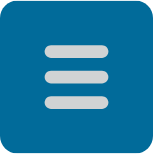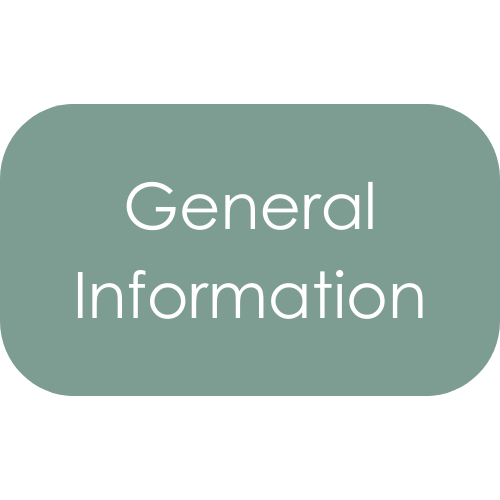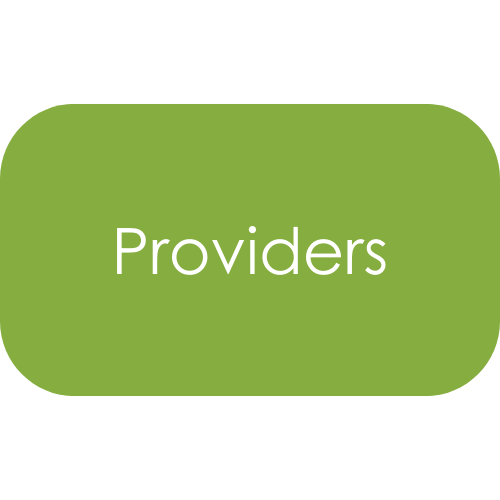







Behavioral Health Reports and Data
Data and Outcomes Reports
Publicly funded behavioral health services are held to a high standard of quality and effectiveness. As part of this commitment, the Division of Behavioral Health collects data and outcomes related to these services and now shares this information through an interactive, live dashboard that is updated daily.
To enhance transparency and usability, the dashboard allows users to explore data in real time with selectable filters such as fiscal year, admission type, treatment service, survey type, tool type, and provider. This shift supports more dynamic, data-informed decision-making by providers, stakeholders, and the public.
Examples of the outcomes displayed include emotional well-being, daily functioning, housing and employment stability, patterns of substance use, motivation for recovery, satisfaction with services, and use of healthcare resources such as emergency room visits or hospitalizations.
Find updated state profile data on the South Dakota Dashboard.
Additional Behavioral Health Data Resources
South Dakota State Epidemiological Outcomes
The South Dakota State Epidemiological Outcomes website is a resource for accessing state and regional data related to behavioral health and substance use/misuse in South Dakota and provides a summary of substance use and behavioral health indicators in South Dakota.
The South Dakota Let's Be Clear website is a resource for accessing state data related to overdose deaths, intervention metrics, substance misuse and more.
South Dakota Suicide Prevention Data
The South Dakota Suicide Prevention website is a resource for accessing the most recent suicide data for the state of South Dakota.
Middle School Methamphetamine Prevention Data
The 2016-2017 National Survey of Drug and Health (NSDUH) reported nearly twice as many of South Dakota’s youth were using methamphetamine compared to the national average. Governor Kristi Noem initiated a school-based meth prevention program in 2019 with the intent to decrease methamphetamine use among South Dakota’s youth. Beginning in 2019, prevention providers statewide received funds to facilitate evidence-based substance use prevention programming in South Dakota middle schools.
In FY24 the meth prevention program successfully increased the perceived risk of harm to great or moderate, by:
- 12.5 percentage points for methamphetamine use or 89.00% of participants felt there was great or moderate risk of harm at post-test.
- 7.98 percentage points for weekly marijuana use or 87.24% of participants felt there was great or moderate risk of harm at post-test.
- 7.04 percentage points for prescription drug misuse or 86.96% of participants felt there was great or moderate risk of harm at post-test.
- 6.69 percentage points for smoking nicotine weekly or 90.39% of participants felt there was great or moderate risk of harm at post-test.
- 4.49 percentage points for binge drinking or 76.66% of participants felt there was great or moderate risk of harm at post-test.
In addition, participants self-reported that at the end of the meth prevention program influenced the follow:
- 87.19% of participants reported that after attending the educational program they were unlikely to use drugs, alcohol, or tobacco.
- 89.74% of participants agreed the educational program provided them with more knowledge about the impacts of drugs, alcohol, and tobacco.
- 83.71% of participants agreed that the curriculum influenced their views on substance use.
Other Links
- About
- Accreditation Information
- Funding and Grant Information
- General Information
- Resources and Assistance for Medications
- Providers
- Professional Trainings and Certifications
- Reports and Data
- Resources
- Services
- State Inpatient Behavioral Health
(Human Services Center)
Affiliate Websites
- Let's Be Clear
- One Pill Can Kill
- SD Behavioral Health
- Stronger Families Together
- South Dakota Suicide Prevention


